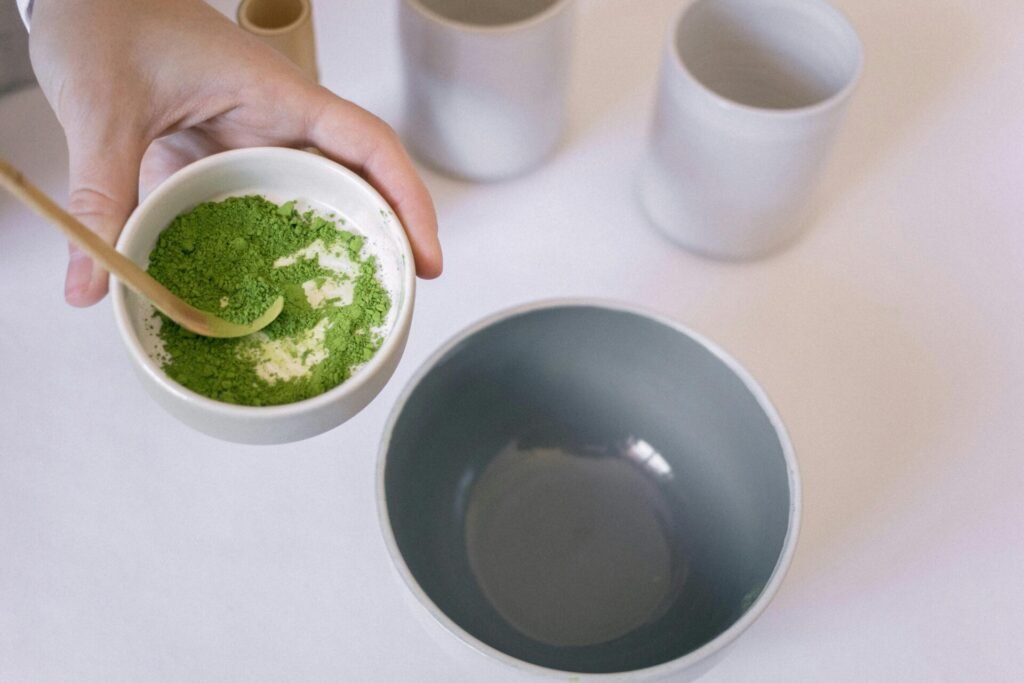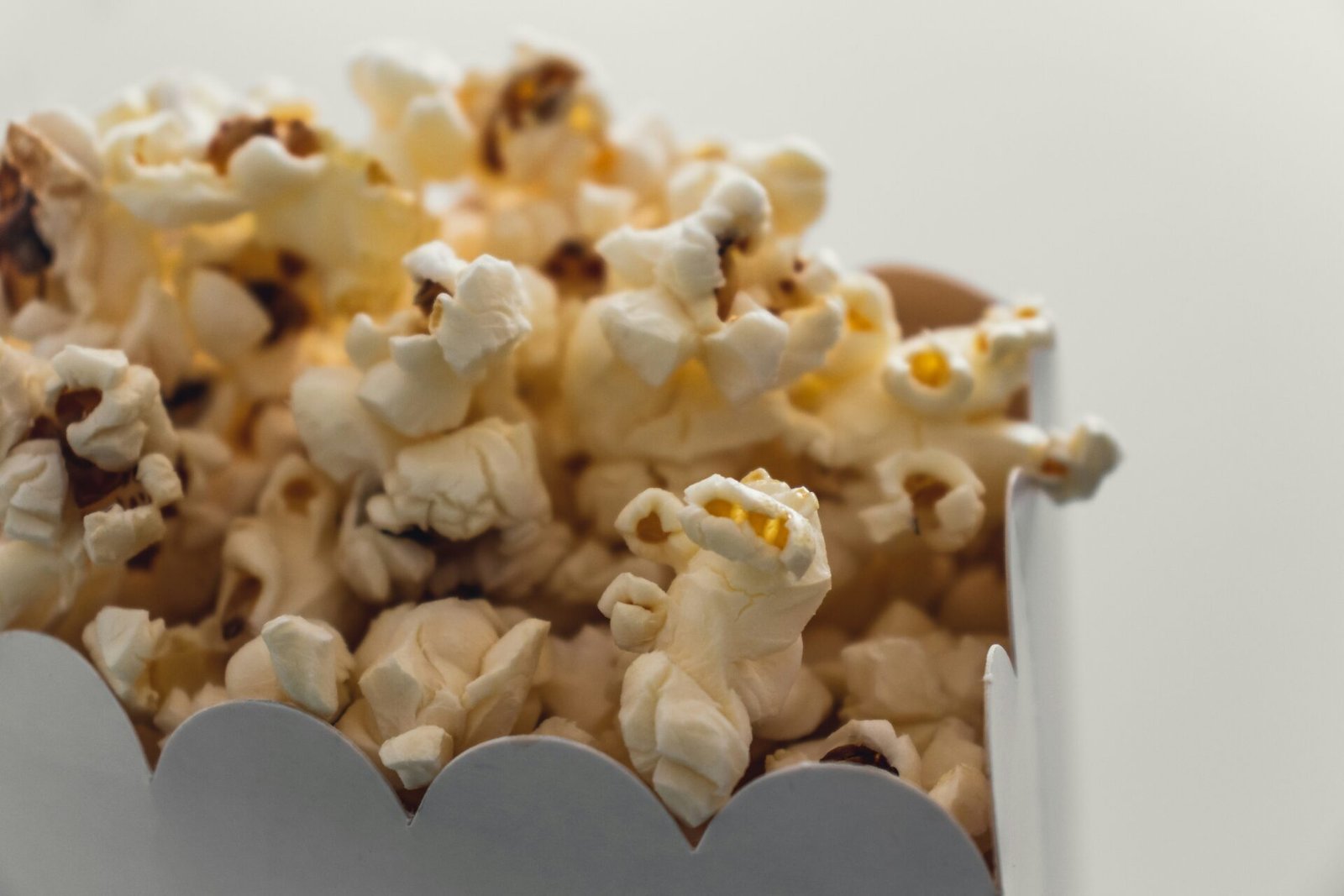How much caffeine in matcha is a question many health-conscious consumers ask when considering this vibrant green tea powder as an alternative to coffee or other caffeinated beverages. Understanding the caffeine content in matcha helps people make informed decisions about incorporating this traditional Japanese superfood into their daily wellness routines.
Understanding Matcha and Its Caffeine Content
Matcha is a specialized form of green tea where the entire tea leaf is ground into a fine powder after being shade-grown during the final weeks before harvest. This unique cultivation process increases chlorophyll and amino acid content, particularly L-theanine, while also affecting the caffeine levels in the final product.
On average, matcha contains approximately 20-45mg of caffeine per gram of powder. With a typical serving ranging from 2-4 grams (roughly 1-2 teaspoons), a cup of matcha provides approximately 40-180mg of caffeine. This wide range exists because caffeine content varies significantly depending on matcha quality, cultivation methods, and preparation techniques.
Factors Affecting Caffeine Content in Matcha
Several factors influence how much caffeine is present in your matcha beverage:
Quality Matters
Higher-quality matcha generally contains more caffeine than lower-grade varieties. This correlation exists because premium matcha comes from younger tea leaves that naturally contain higher caffeine concentrations. Additionally, ceremonial-grade matcha undergoes more rigorous shade-growing periods, which increases both L-theanine and caffeine content.
When shopping for matcha, you might notice terms like “ceremonial grade” or “culinary grade.” Ceremonial grade is typically higher in caffeine, with more vibrant color and smoother taste, while culinary grades may have slightly lower caffeine content.
Preparation Method
How you prepare matcha significantly impacts the final caffeine concentration:
- Traditional whisked matcha (using a bamboo whisk called a chasen) incorporates the entire powder content into water, delivering the full caffeine dose
- Matcha lattes typically use 2-3 grams of powder, providing approximately 50-150mg of caffeine
- Culinary applications may use less concentrated amounts, reducing overall caffeine intake
Serving Size Variations
The amount of matcha powder used per serving directly affects caffeine content:
- Light preparation (1g): 20-45mg caffeine
- Standard preparation (2g): 40-90mg caffeine
- Strong preparation (4g): 80-180mg caffeine
Matcha Caffeine vs. Other Beverages
To put matcha’s caffeine content in perspective, let’s compare it with other popular caffeinated beverages:
Matcha vs. Coffee
A standard 8-ounce cup of brewed coffee typically contains 80-100mg of caffeine, while a double shot of espresso contains approximately 60-150mg. This means a standard serving of matcha (2g) provides roughly comparable caffeine to a regular coffee, while a strong matcha preparation (4g) may exceed coffee’s caffeine content.
However, the caffeine experience differs significantly between these beverages due to matcha’s unique composition.
Matcha vs. Regular Green Tea
Matcha contains substantially more caffeine than regular steeped green tea. A typical cup of green tea provides only 25-30mg of caffeine compared to matcha’s 40-180mg per serving. This difference exists because matcha involves consuming the entire leaf rather than just an infusion.
When comparing green tea varieties, research shows standard green teas contain about 11.3-24.67mg/g of caffeine—approximately half the amount found in high-quality matcha powders.
The Unique Matcha Caffeine Experience
While the amount of caffeine in matcha may seem comparable to coffee at first glance, the body processes matcha caffeine differently due to its unique chemical composition.
The L-Theanine Factor
Matcha contains high levels of L-theanine, a rare amino acid that creates a remarkable synergistic effect with caffeine. This combination delivers several distinctive benefits:
- Extended energy release: Matcha provides 6-8 hours of sustained alertness compared to coffee’s typical 3-4 hour effect
- Calm focus without jitters: L-theanine moderates caffeine’s stimulation, preventing the anxious feelings often associated with coffee
- No caffeine crash: The gradual release prevents the sudden energy drop common with other caffeine sources
The Science Behind Matcha’s Caffeine Release
The unique caffeine experience from matcha stems from its molecular structure. In matcha, caffeine molecules bind to larger catechin molecules (potent antioxidants). This binding creates a molecular complex that the body breaks down gradually, resulting in a slow, sustained caffeine release.
This contrasts sharply with coffee, where caffeine enters the bloodstream rapidly, often causing spikes in adrenaline, glucose, and insulin levels. These spikes typically lead to the familiar “coffee crash” when blood sugar subsequently drops.
Matcha for Different Lifestyles and Needs
Understanding how much caffeine is in matcha helps determine how it might fit various wellness goals and lifestyle considerations.
Matcha for Energy Management
For those seeking steady, sustained energy without coffee’s potential downsides, matcha offers an excellent alternative. The moderate caffeine content combined with L-theanine provides focused energy without the nervousness, racing heartbeat, or acid reflux some experience with coffee.
Many people find they can drink matcha later in the day without disrupting sleep patterns. This advantage stems from L-theanine’s relaxation properties counterbalancing caffeine’s stimulating effects.
Matcha for Special Dietary Considerations
Pregnant or breastfeeding individuals often monitor caffeine intake carefully. Matcha’s moderate caffeine levels (particularly when prepared in lighter concentrations) can provide gentle energy support while staying within recommended caffeine limits. Most healthcare providers suggest limiting caffeine to 200mg daily during pregnancy, making a light to moderate matcha preparation an appropriate option.
For those with caffeine sensitivity, starting with smaller matcha servings (1/2 teaspoon) allows for gauging personal tolerance while still benefiting from matcha’s nutritional properties.
How to Prepare Matcha for Optimal Caffeine Balance
The preparation method significantly affects both caffeine content and overall experience when drinking matcha.
Traditional Preparation Method
For a balanced caffeine experience:
- Sift 1-2 teaspoons (2-4g) of matcha into a bowl
- Add 2-3 ounces of water heated to 175°F (not boiling)
- Whisk in a zigzag motion until frothy
- Enjoy immediately
This method delivers the full caffeine content while maintaining matcha’s delicate flavor profile.
Matcha Latte Preparation
For a milder caffeine experience with creamy texture:
- Prepare 1-2 teaspoons matcha with a small amount of hot water
- Whisk until smooth
- Add 6-8 ounces of steamed milk (dairy or plant-based)
- Sweeten lightly if desired
The addition of milk proteins slightly moderates caffeine absorption rate, potentially creating an even smoother energy curve.
Selecting High-Quality Matcha
Since matcha quality directly correlates with caffeine content and overall experience, selecting high-quality products matters. Look for these indicators of premium matcha:
- Vibrant green color: Higher-quality matcha has a bright, vibrant green hue, while lower-quality versions appear dull or yellowish
- Fine texture: Premium matcha feels silky smooth, not gritty
- Sweet aroma: Quality matcha offers a sweet, grassy scent without bitterness
- Origin information: Japanese matcha, particularly from regions like Uji or Nishio, typically maintains stricter quality standards
For consistent caffeine content, store matcha in an airtight container in the refrigerator or freezer, as exposure to oxygen causes degradation of both flavor compounds and caffeine.
Incorporating Matcha Into a Balanced Lifestyle
When considering how much caffeine in matcha works for your individual needs, experimenting with serving sizes helps determine optimal balance.
Starting a Matcha Routine
For those new to matcha or transitioning from coffee:
- Begin with a smaller serving (1g) to assess caffeine sensitivity
- Gradually increase to standard serving size (2g) as desired
- Consider timing consumption earlier in the day until you understand how matcha affects your sleep patterns
- Pair matcha with a small breakfast to moderate absorption rate
Beyond the Beverage
Matcha’s versatility extends beyond traditional tea preparation:
- Add to smoothies for a gentle energy boost (typically using 1/2-1 teaspoon)
- Incorporate into oatmeal or breakfast bowls
- Use in baking for subtle flavor and minimal caffeine per serving
- Create energy bites with small amounts of matcha powder
These culinary applications provide matcha’s nutritional benefits with reduced caffeine content per serving.
The Bottom Line on Matcha Caffeine Content
How much caffeine in matcha tea depends significantly on preparation method, quality, and serving size. With approximately 20-45mg caffeine per gram of powder, matcha provides comparable caffeine to coffee but delivers this stimulation in a fundamentally different way.
The L-theanine and caffeine combination creates a unique “alert calm” state that many find superior to the jarring stimulation of other caffeine sources. This balanced energy, combined with matcha’s exceptional nutritional profile, makes it worth considering for those seeking sustained focus without unwanted side effects.
Whether you’re looking to replace your morning coffee, add an afternoon energy boost without disrupting sleep, or simply explore traditional Japanese tea culture, understanding matcha’s caffeine content helps you incorporate this remarkable superfood optimally into your wellness routine.


